MIT OpenCourseWare
After completing online courses for the fall 2012 semester with MIT’s OpenCourseWare, students volunteered information about their learning experience. 177 online students answered 10 questions specifically about their use of 3Play Media’s interactive transcripts in conjunction with their video lecture courses. When asked to rate the features of our interactive video transcript, 94% of respondents found one or more of our features “useful” (meaning either: “very useful,” “useful” or “somewhat useful”). Furthermore, 94.8% of survey respondents would suggest an implementation of interactive transcripts throughout the MITOCW site.
This isn’t surprising. More collegiate and post-collegiate learning is moving online as students seek educational alternatives, wishing to attend classes on a flexible schedule. Our sample size has allowed us to determine a multitude about the way students prefer to learn online. What was particularly revealing was the preference towards multimodal learning as well as controlling the pace of the lectures. As such, we hope to see more institutions of higher learning embrace a more interactive and multi-sensory pedagogy, as we too, utilize this feedback to make our time synchronized transcription solutions even better. Through our research, we have been able to pinpoint six interesting ways MIT students use interactive video transcripts.

More about the MIT OpenCourseWare study
177 online students answered 10 questions specifically about their use of 3Play Media’s interactive transcripts in conjunction with their video lecture courses. Three questions were free-form while the remaining seven assessed the use and helpfulness of interactive video transcript features. In some cases a scale like: “very useful,” “mostly useful,” “somewhat useful,” or “not useful” was employed, while some questions asked participants to select all additional features they utilized while working with the lecture interface. 97% of those who voluntarily completed our survey found the addition of our interactive video features enhanced their online learning experience.
1. Students are using interactive transcripts to Move at their own pace
Our survey allowed for several free-form answers and it was fantastic to hear students express their educational concerns in their own words. Feedback frequently concerned speed. Specifically, the ability to go faster! In many cases this had to do with our transcript search feature, the ability to search for a keyword and jump to that specific point, not only in the lecture but throughout the course videos. “It’s now easier to search for particular content in the video- no more manual sliding,” said one respondent. We’ve all become accustomed to a world where information is just a search away. College lectures, jam-packed with content, should be no different.
While many users utilized search to get to the “nuts and bolts” quickly, some used the interactive transcripts to keep pace in a different way. While one respondent admitted he likes to read ahead, others need transcripts to accommodate for bandwidth issues: “I liked the transcript provided at the bottom. I have problems with internet connectivity so if the video stops or is not loading I can go ahead and follow by reading the transcript and then decide if I will refresh to continue viewing the video if it is necessary to see the visuals the lecturer provided.” 95% of students were able to find the desired content.
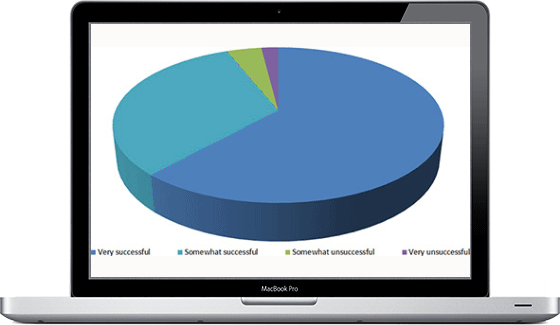
2. Students are using interactive transcripts to Learn in a multi-sensory mode
We’ve all heard at some time or another that people are either visual or auditory learners. In many respects, we are a bit of both. The concept of dual coding theory indicates that multi-sensory learning styles are more effective because often we can only absorb only so much through one medium. A “channel” can become “overloaded” and to compensate, our brains will switch to another mode of comprehension. If you’ve reread the same page three times and nothing seems to be sinking in, you know what we are getting at.
Multi-sensory learning is a teaching best practice. Time synced transcripts allow inherent multimodal education. “The value of the written lecture along with the seeing and hearing the actual professor is an invaluable tool to me, because I sometimes need multiple ways to learn effectively,” answered one student. 97% of students said interactive transcripts enhanced their learning experience.
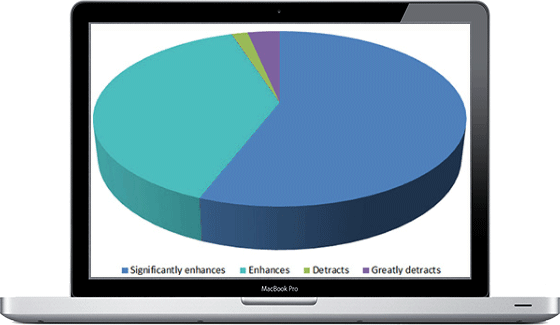
3. Students are using interactive transcripts to Create study guides
Transcribed video allows for multiple uses beyond just following along. Our interactive transcript plugin allows for the ability to print or download a transcript, allowing students to take away study tools after the lecture is complete. Just a few educational uses for 3Play transcripts: lecture notes, course study guides, flashcards, powerpoint presentations and textbook rough drafts.
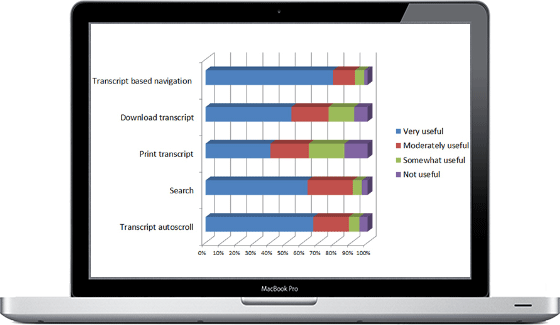
4. Students are using interactive transcripts to Improve comprehension of complex scientific concepts
Many of the students responded with feedback that it was easier to absorb difficult concepts and vocabulary when watching a video lecture while reading along with a transcript. This is consistent with studies showing that the multi-sensory learning model has positive implications for understanding science. According to research conducted in virtualized environments, multisensory immersion can correct intuitive frameworks, reshape experiences and improve mental models. This means concepts not easily understood through our everyday experiences can be simulated through the cohesion of audio, visual, and kinetic interfaces to the benefit of the end user. Or as one MIT OCW student put it “, Engagement of two senses (hearing and seeing) results in greater comprehension than one or the other.” Outfitted correctly, computers and their accompanying programs provide important feedback loops, aiding everyone in today’s online societies. 97% of students found the interactive transcript interface easy to use.
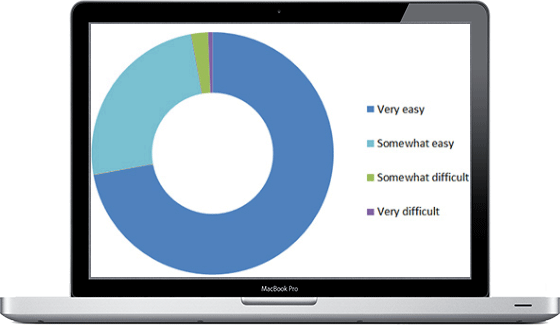
5. Students are using interactive transcripts to Understand English as a second language
Whether understanding new class terminology or learning English as a second language, multi-sensory learning is preferred. By simultaneously reading and listening to information, several learning centers are stimulated, improving recall. For example, an exam usually occurs in a uni-sensory mode: filling bubbles or writing essay answers. However, when accessing important information, via memory, humans are able to better recall information presented in a multisensory format instead of visually alone. “It allows us non-native English speaker students to understand every single word the teacher has said. Furthermore, the navigation of the video by clicking on a word is very helpful to keep track of our advancement in a video,” replied one ESL student. For non-English speaking learners, using transcript-based navigation enables students to click on a new term and jump to different views in the video, putting each term in a multitude of contexts. 95% of students found transcript-based navigation useful.
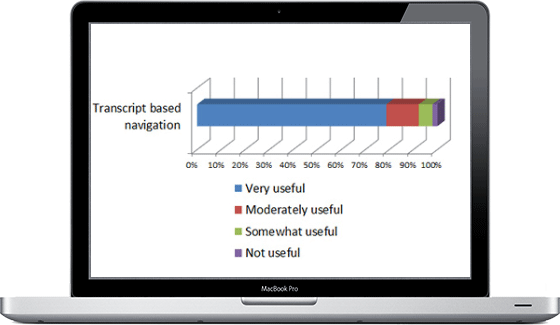
6. Students are using interactive transcripts to Stay focused on 60-minute lectures
In an online learning format, bite-sized pieces are most desirable. In fact, students suggested methods to enhance brevity: shorter, 15-minute videos or sub-categories contained within transcripts. Others however, utilized the interactive transcript to keep their attention on the task at hand. As one elearner put it: “I found the follow-along text highlighting made it very easy to keep up with the speaker. I also found the feature kept me focused on the lecture.” Another gave us a glimpse into his late night study habits; surprisingly he found watching a lecture couldn’t put him to sleep! “It is 2:10am, I couldn’t sleep. While I was watching I got sleepy… but I got so engaged I saw the whole thing! And now I can’t sleep! I’ll watch the next class during the day.” 95% of students recommended that interactive transcripts be used more widely.
As we analyze this information, the obvious question is what does this mean for the future of education? While universities battle to keep technology up to date across large infrastructures, online learning is the forefront for cost-effective implementation of user-controlled and user-friendly interfaces. eLearners strive to be able to click, search, rewind, skim, seek, pause, highlight, download and do a million other actions. As independent learners, they value their time and idealize the customization of their experience. If you build it, they will come.
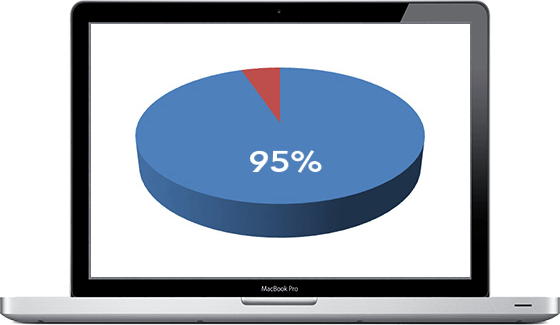
Check out our plans and pricing.

